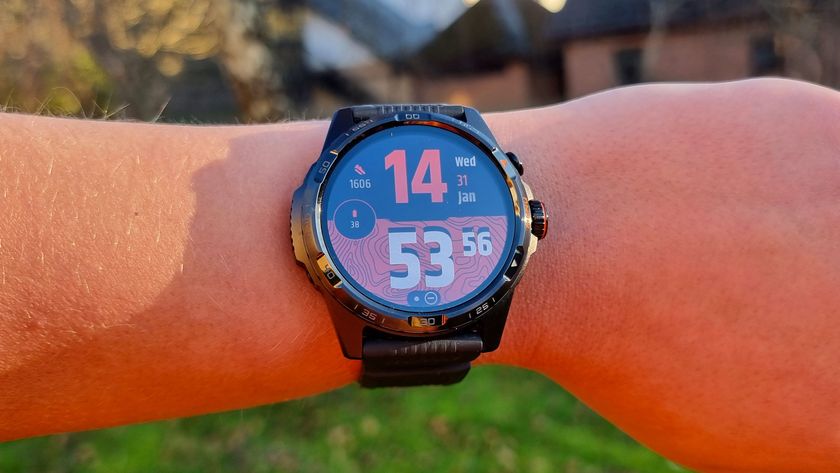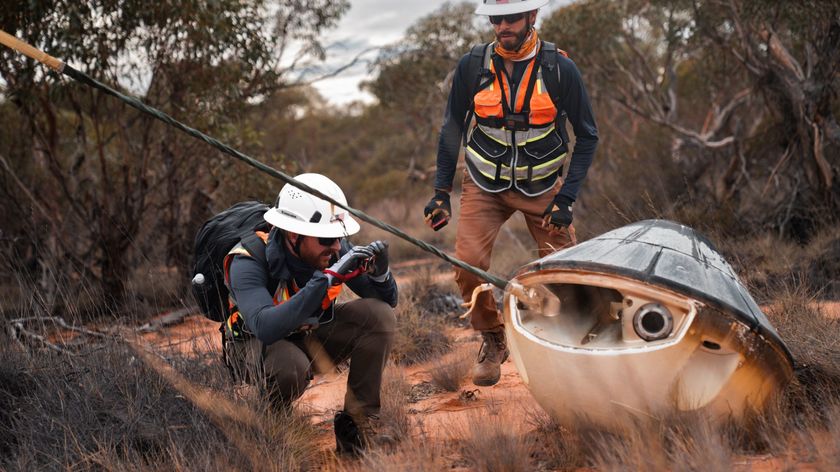Here's What to Do in a Bleeding Emergency

Everyone should know what to do for someone who is severely bleeding, experts say.
Teaching people a few basic steps, similar to how people are taught CPR, could help someone who is severely bleeding survive until help arrives, said Dr. Matthew Levy, an associate professor of emergency medicine at the Johns Hopkins University School of Medicine in Baltimore.
In addition, special bleeding control kits — containing items such as gauze and tourniquets — could be placed in public areas, similar to the placement of automated external defibrillators (AEDs), Levy and his co-author, Dr. Lenworth Jacobs, the director of the Hartford Hospital Trauma Institute in Connecticut, wrote in an opinion piece published today (Sept. 15) in the journal JAMA Surgery.
In the piece, the doctors described the importance of being able to recognize and respond to severe bleeding.
Severe bleeding is a major cause of mortality in trauma victims, the researchers wrote. More than 35 percent of patients with severe bleeding die before they get to the hospital, they wrote. [11 Surprising Facts About the Circulatory System]
And severe bleeding doesn't only occur in major emergencies such as mass shootings or natural disasters, Levy said. It can also come from car accidents, industrial injuries or at-home accidents, he said.
Controlling severe bleeding starts with being able to recognize what severe bleeding looks like, Levy told Live Science.
Sign up for the Live Science daily newsletter now
Get the world’s most fascinating discoveries delivered straight to your inbox.
Signs to look for include blood gushing very quickly out of a wound, clothing soaked through with blood or a large pool of blood spreading on the ground, Levy said. If the person who is bleeding heavily is also not acting normally, he or she may be going into shock because of blood loss, Levy added.
To slow the bleeding, a person doesn't necessarily need any special tools or a bleeding control kit, Levy said. "It's all about finding the severe bleeding and stopping it," Levy said. He also stressed the importance of calling 911.
The first thing a person should do is put his or her hands on the wound and apply pressure, Levy said. Ideally, this would be done wearing gloves, but if there aren't any available, try to find some sort of barrier to a possible infection, such as a clean cloth, he said.
Put pressure strongly and continuously on the bleeding area, Levy said. That could even mean kneeling on the wound with your knee, he added.
"At the end of the day, what we're talking about is very simple physics," Levy said. "It's like a leaking hose: the leak will stop if the pressure that we can exert on it is greater than the pressure that's coming out of it," he said. [Circulatory System: Facts, Function & Disease]
If the wound is particularly large, it's important to look for the source of the bleeding within the wound, Levy said. That's where you want to focus the pressure you're applying — wherever the blood is coming from, he said.
For large wounds, people should also know how to pack a wound, Levy said. This involves simply stuffing gauze or clean cloth into the wound to add more pressure and help the blood to clot more quickly, he said. "Find where the blood is coming from and shove the gauze into the area," he said.
Levy noted that in situations where applying direct pressure doesn't work to control bleeding, or if a bleeding person needs to be moved, using a tourniquet is a reasonable thing to do. "We don't want people to be afraid to use a tourniquet if they need to," he said.
Tourniquets can be used only on the arms or legs, Levy said. But because tourniquets need to be applied closer to the heart than where the wound is, they can sometimes be problematic, he said. For example, if a wound is located in a person's armpit or groin, there's no place to put a tourniquet, he said.
Commercially available tourniquets are the best choice when possible, Levy said. And while experts don't advocate "improvised" tourniquets, they also acknowledge that sometimes you have to use what's available, he said. Certainly there were reports after the November terrorist attacks in Paris of EMTs using their own belts to slow bleeding, he said.
If you do have to make an improvised tourniquet, the best-case scenario would be to look for something that's at least 1.5 inches wide, Levy said. Improvised tourniquets are more likely to cause damage when they're very narrow, he said.
Originally published on Live Science.












